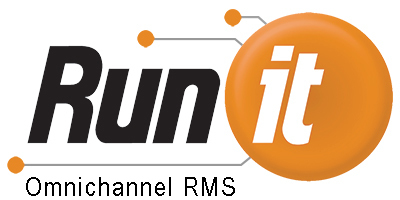One of the most important aspects of managing a retail business is optimizing inventory selection, turn and investment. Working capital investments in inventory represent a significant amount of the overall budget, with REL Consultancy reporting over $1 trillion among top companies and $459 billion of that allocated to excess inventory. In many cases, the excess inventory investments exceed what the company actually needs, leading to overstocked products that end up being discounted, not enough working capital for other areas of the retail business and less agility to adapt to changing market conditions. With a decreased inventory turn, many companies are not optimizing their retail inventory, which can lead to operational inefficiencies throughout the company.
Inventory Management Systems
Entrepreneur reports that one of the most time-consuming aspects of handling a retail business is inventory management, as having the right product mix on hand is a critical component to running a successful storefront. To put this in starker economic terms, The Global Retail Theft Barometer reports that companies suffer over $128 billion in shrinkage worldwide, while according to A.T. Kearney, over 65 percent of companies use technology to lower that shrinkage. Using an inventory management system can provide several advantages for a store, such as improving product tracking, reducing shrinkage, and providing better customer service.
Electronic Retail POS
Electronic retail point-of-sale (POS) systems can incorporate inventory management, providing integration that cuts down on the amount of “gut feel” going into ordering and time spent manually checking on-hands. When the POS can talk to inventory management systems, the data visibility gives store owners and managers a clearer view of what’s working and what’s not. Inventory management is more productive and efficient when a manager can tell at a glance whether a product is selling out too rapidly, or items in certain styles or sizes are not moving. By using a full-featured POS system, retail management time is freed up for other tasks, such as managing inventory levels to reduce the excess held in stock.
On-the-Go Inventory Management Apps
Integrated POS systems aren’t the only way to cut down on time managing inventory. Apparel retail management software provides an app-based option for on-the-go access to inventory tracking across multiple store locations and online sales. The real-time updates allow retailers to purchase inventory when it’s most needed, avoiding customer dissatisfaction due to out-of-stock items and eliminating the need to mark down overstocked inventory. Inventory management apps also allow merchants to increase profits by rapidly transferring inventory to the location where it is most likely to sell.
Improving retail inventory management with technology like integrated POS systems and mobile apparel retail management software helps improve the retail experience for the business owner, and the shopping experience for customers: the owner cuts down on capital costs, while the shopper encounters more of what they want and less of what they don’t.
Sources
- http://www.relconsultancy.com/working-capital/2013-US-Working-Capital-Survey.pdf
- http://www.entrepreneur.com/article/228008
- https://www.atkearney.com/documents/10192/1049665/Retail+Success+Still+Depends+on+Core+Principles.pdf/763a0d80-ee6c-419a-9860-375b763b87b2
- http://netmap.com.au/files/Global%20Retail%20Theft%20Barometer%202014.pdf






